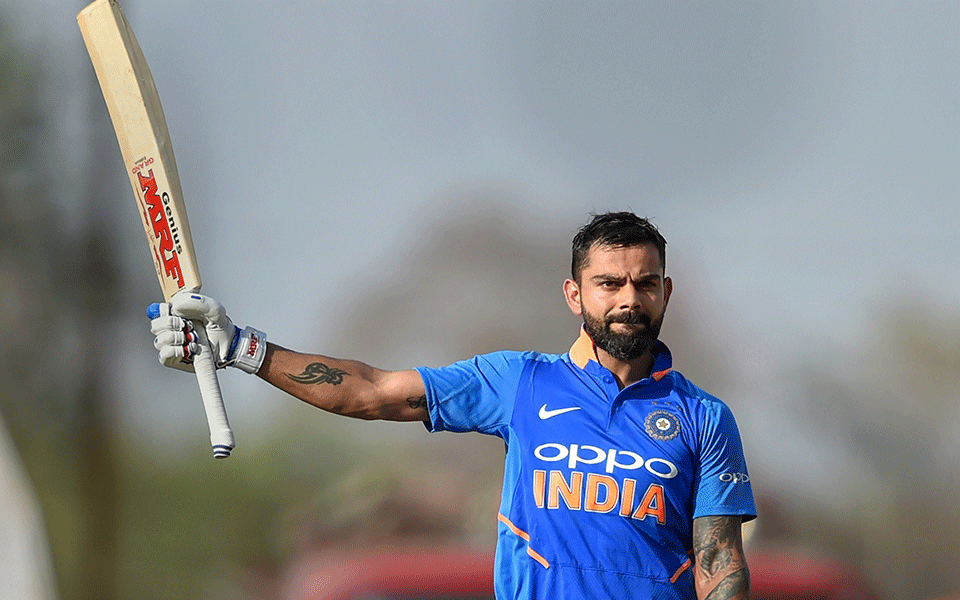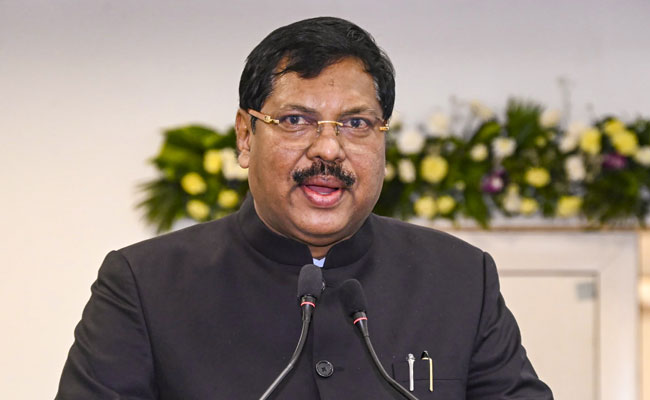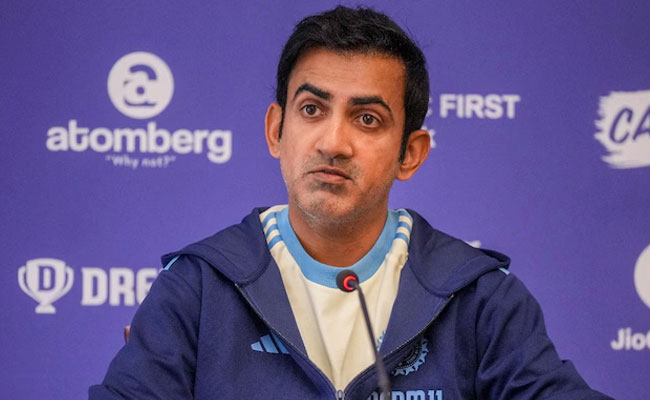Nagpur, Mar 5: Skipper Virat Kohli's resolute 40th hundred under pressure steered India to a competitive 250 despite a middle-order collapse in the second One-day International, here Tuesday.
Australia's spin troika of Adam Zampa (2/62 in 10 overs), Glenn Maxwell (1/45 in 10 overs) and Nathan Lyon (1/42 in 10 overs) bowled well in the middle obvers although it was Pat Cummins who had the best figures of 4 for 29.
Kohli came in after Cummins sent back opener Rohit Sharma (0) in the very first over. The Indian skipper was in good touch and played some delightful drives whenever the ball was pitched up.
In conditions which tested the fitness of each and every player, Kohli struck only 10 boundaries and ran a lot of singles and twos in his 116-run knock.
He was at the crease till the 46th over, faced 120 balls in an innings which will rank among one of his top ODI knocks in recent times.
Kohli steadily build the Indian innings even as he saw the fall of colleagues Shikhar Dhawan (21) and Ambati Rayudu (18).
Dhawan looked in good touch as he too hit some crushing boundaries before being trapped by part-timer Glenn Maxwell.
Rayudu struggled to rotate strike as the ball was not coming on to the bat and was eventually adjudged leg before off Nathan Lyon.
Kohli got a good ally in Vijay Shankar (46 off 41) with whom he added 81 runs for the fourth wicket but the latter was unfortunately run out when he backed up too far at the non-striker's end to a Kohli straight drive.
Leg-spinner Adam Zampa then got rid of Kedar Jadhav (11) and M S Dhoni (0) off successive balls but Kohli held one end up.
He completed his hundred by cutting one from Nathan Coulter-Nile to the square boundary.
The innings approaching the end, acceleration was required but Ravindra Jadeja could only manage 21 off 40 balls and was soon removed by Cummins. Kohli was finally dismissed while trying to pull Pat Cummins.
Kuldeep Yadav and Jasprit Bumrah too perished in a jiffy and India could not even bat for full 50 overs.
Let the Truth be known. If you read VB and like VB, please be a VB Supporter and Help us deliver the Truth to one and all.
Latur (PTI): A minor girl was allegedly kidnapped and raped by an 18-year-old man in Latur, leading to the arrest of the main accused and owners of two cafes where the crime occurred on December 4, police said on Saturday.
Police traced the girl within hours of registering the complaint. The accused, identified as Rihan Gulab Shaikh, was arrested based on the girl's complaint. Two others are owners of two cafes where the crime occurred, police said.
Police registered a case under various sections of the Bharatiya Nyay Sanhita (BNS), POCSO Act, and the Prevention of Atrocities Act, an official said.





